I've been playing with the TenTec 1056 receiver to optimize its performance measuring solar noise. One of its features as a communications receiver is the fairly narrow and adjustable bandpass filter. The manual doesn't say, but it appears to have about a 1KHz bandwidth. This is really too tight for picking up broadband noise from the sun.
The guys at Fringe Dwellers recommend adding a switch to allow you to bypass the bandpass filter stage altogether. This goes a little too far the other way for my suburban location. The Radio Jove receiver has a multi-pole filter with a 3.5 KHz bandwidth. I decided to follow their lead. I put a simple RC filter in place and so far it seems to be working well.
Here's how it is hooked up. Remove the "Mute" jumper and put an SPDT switch across it with the common to the right end. Across R12 (3.3K), put a series combination of a 1K resistor with a 0.047uF cap. The resistor goes to the right, the other end of R12 is ground. The node where the resistor joins the cap connects to the other end of the bypass switch. Voila, a simple RC filter.
Now to record data for a couple of days and see how my results compare to others.
Cheers,
Keith
The guys at Fringe Dwellers recommend adding a switch to allow you to bypass the bandpass filter stage altogether. This goes a little too far the other way for my suburban location. The Radio Jove receiver has a multi-pole filter with a 3.5 KHz bandwidth. I decided to follow their lead. I put a simple RC filter in place and so far it seems to be working well.
Here's how it is hooked up. Remove the "Mute" jumper and put an SPDT switch across it with the common to the right end. Across R12 (3.3K), put a series combination of a 1K resistor with a 0.047uF cap. The resistor goes to the right, the other end of R12 is ground. The node where the resistor joins the cap connects to the other end of the bypass switch. Voila, a simple RC filter.
Now to record data for a couple of days and see how my results compare to others.
Cheers,
Keith




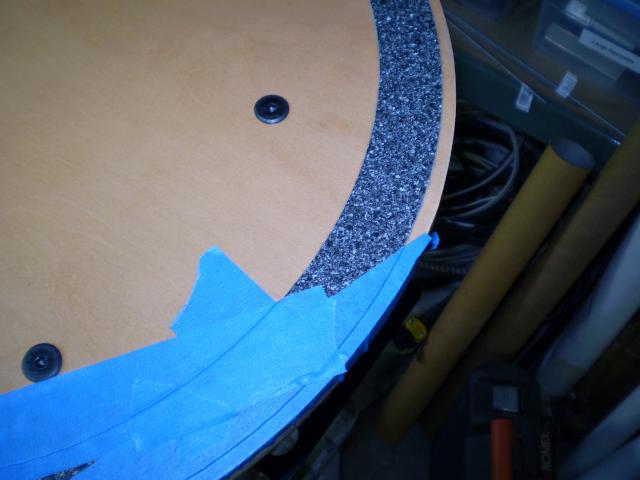
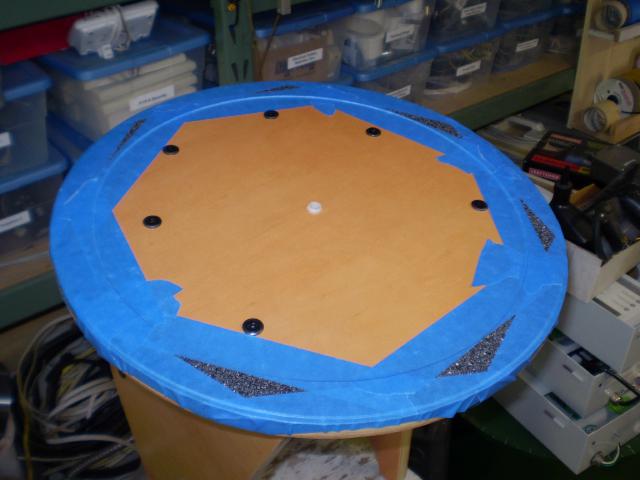
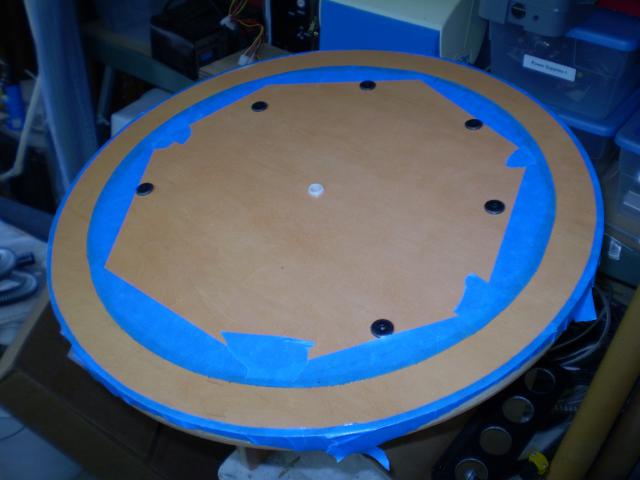
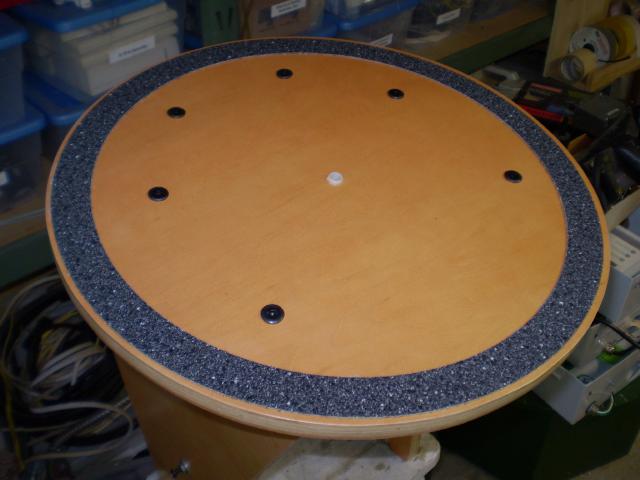

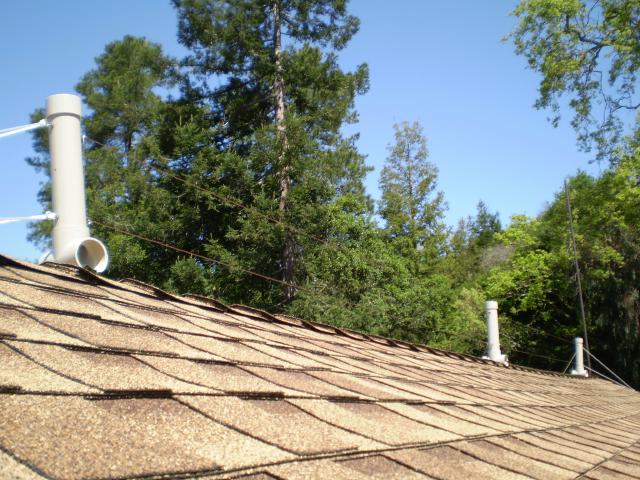
 Calendar
Calendar




